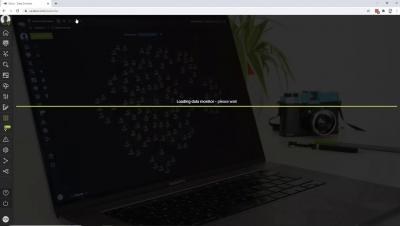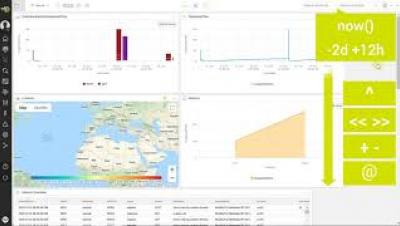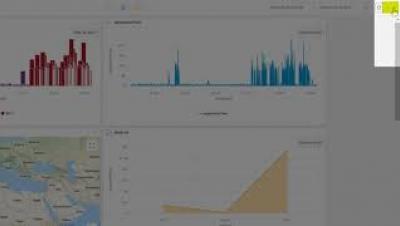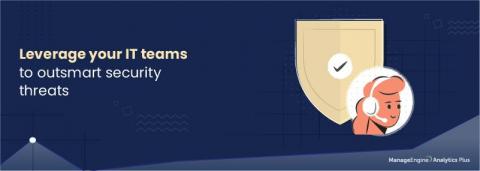Beyond Certification: Rethinking Training for Security Analysts
When we talk about training security analysts, you probably immediately think about earning certifications such as CFCE or OSCP. This year’s Devo SOC Performance ReportTM found that among survey respondents who don’t consider their SOC to be a high performer, only 31% of those organizations have a defined program for training analysts. While practical skills are vital in the SOC, they’re not the end-all, be-all of reaching the next career level.








